
European white elm (Ulmus laevis)
European white elm is a host plant for the white-letter hairstreak butterfly, so it is highly valued and sought-after by butterfly conservationists. It is frequently planted as an amenity tree in towns and beside roads because of its air pollution and de-icing salts tolerance.

European white elm (Ulmus laevis)
Description. Tree reaching 10 to 30 m in height; branches nodding, young shoots more or less pubescent (!), winter buds slender, acute (!); leaves elliptic to obovate, widest above the middle (!), acuminate, scabrous andbiserrate, base very oblique, usually glossy green and smooth above, the underside soft-pubescent with 12 to 19 vein pairs.
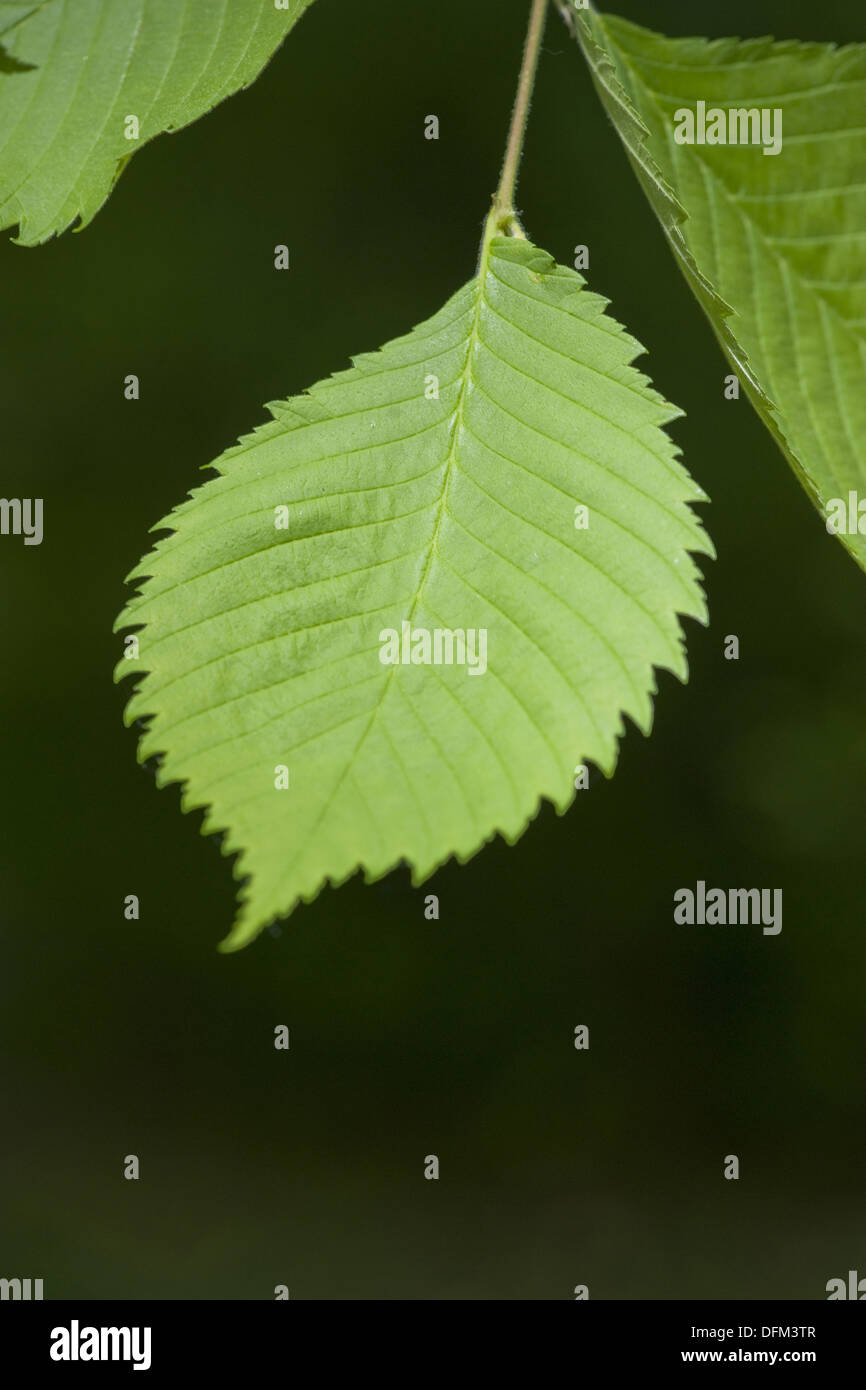
european white elm, ulmus laevis Stock Photo Alamy
In our study, we assessed the growth and drought reaction of the four rare native tree species European hornbeam ( Carpinus betulus L.), European white elm ( Ulmus laevis Pall.), field maple ( Acer campestre L.), and wild service tree ( Sorbus torminalis (L.) Crantz).

European White Elm Ulmus laevis Whole tree Stock Photo Alamy
of white elm are not found in the British Isles, Italy or Spain, and very little is known about this species in western Europe. White elm is of low economic value and unlike other European elms, the timber is not prized. The cross-grained wood causes difficulty in machine cutting and defects. Wood density is lower than in other elm species, and it

Ulmus laevis European white elm, Fluttering elm, Russian elm Van den Berk Nurseries
Ulmus laevis Pall., variously known as the European white elm, fluttering elm, spreading elm, stately elm and, in the United States, the Russian elm, is a large deciduous tree native to Europe, from France northeast to southern Finland, east beyond the Urals into Kyrgyzstan and Kazakhstan, and southeast to Bulgaria and the Crimea; there are also.

European White Elm or Spreading Elm Tree in Autumn Sun Stock Photo Image of fluttering
Elm trees are members of the Ulmus genus in the Ulmaceae family of plants. There are 30 to 40 species of deciduous trees within the genus, and some types of elm trees have been popular landscape trees for centuries. Elms are prolific samara (fruiting) producers and can be invasive if the growing conditions are right. The Spruce / Leticia Almeida

European white elm (Ulmus laevis)
European White Elm love being close to bright, sunny windows 😎. Place it less than 1ft from a south-facing window to maximize the potential for growth.. European White Elm does not tolerate low-light 🚫. Select your region to see how the current weather in your area affects the placement of European White Elm in your home 🏡.

European White Elm (Ulmus laevis) European White Elm (Ulmu… Flickr
Elm family (Ulmaceae) species: deciduous tree height: up to 40 m (131 ft) leaf: The leaves of European white elm are ovate, have an asymmetrical leaf base and are up to 7 cm (2.8 in) long and up to 7 cm (2.8 in) broad. The petiole is short. The leaf margin is double serrated. leaf shape: ovoid leaf margin: serrated leaf position: alternate

European white elm (Ulmus laevis)
The European white elm, along with other elm species, is important as part of the traditional landscape and as a tree with multiple uses. In Germany, a total of more than 825 white elm populations numbering approximately 138,000 trees have been inventoried.

European white elm ‹ Obieżylas
Introduction. The European white elm (Ulmus laevis Pall.) is a broadleaved tree whose occupied natural distribution in Europe extends from central France to the Urals.In the northern part of its range, white elm covers only the southern part of Finland; it reaches the southern end of its range in Albania and Bulgaria and grows in several isolated stands in Turkey (Jalas and Suominen 1999.
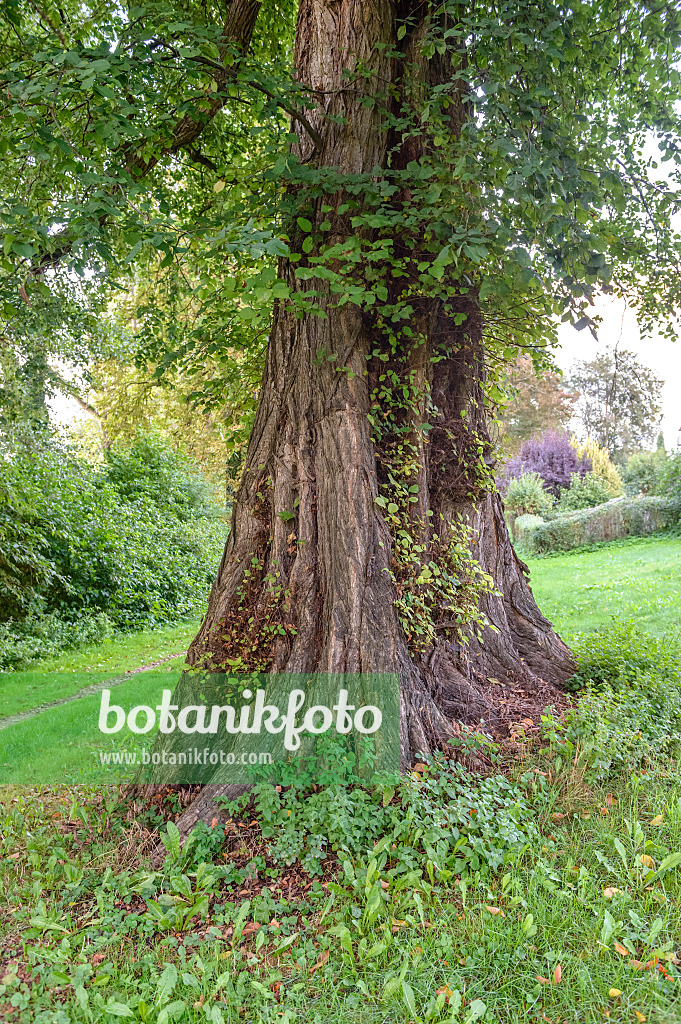
Image European white elm (Ulmus laevis) 593208 Images of Plants and Gardens botanikfoto
The European white elm can grow to over 30 m and just as wide. The year-old twigs are brown-green and hairy a… Read more Important properties Height: 30 - 35 m, fast growing Crown: oval to round, light, open crown Leaf: obovate, asymmetric, glossy dark green, 6 - 12 cm Flowers: in dense clusters, red, March/April
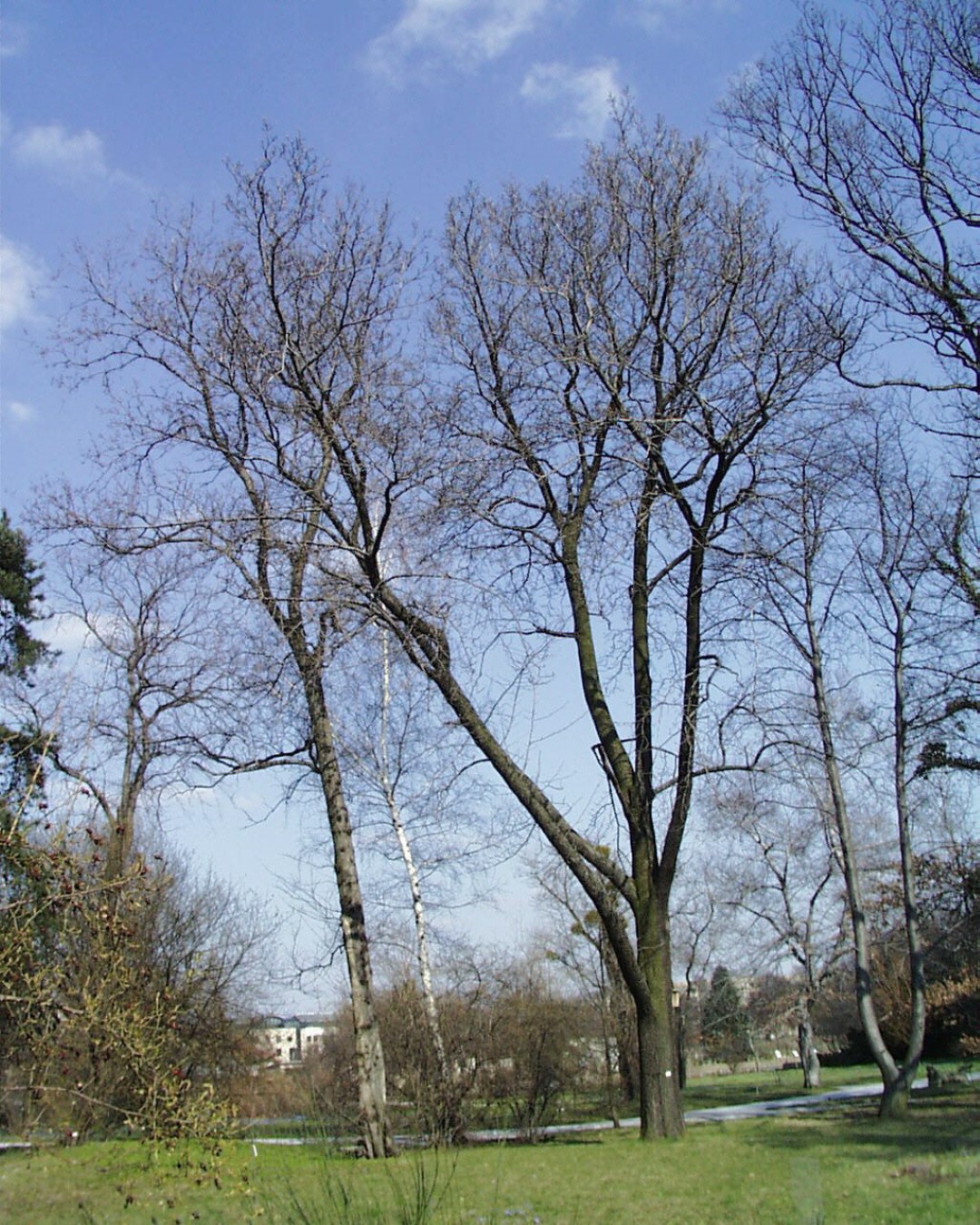
Ulmus laevis European white elm, Fluttering elm, Russian elm Van den Berk Nurseries
Ulmus laevis Pall., variously known as the European white elm, fluttering elm, spreading elm, stately elm and, in the United States, the Russian elm, is a large deciduous tree native to Europe, from France northeast to southern Finland, east beyond the Urals into Kyrgyzstan and Kazakhstan, and southeast to Bulgaria and the Crimea; there are also disjunct populations in the Caucasus and Spain.
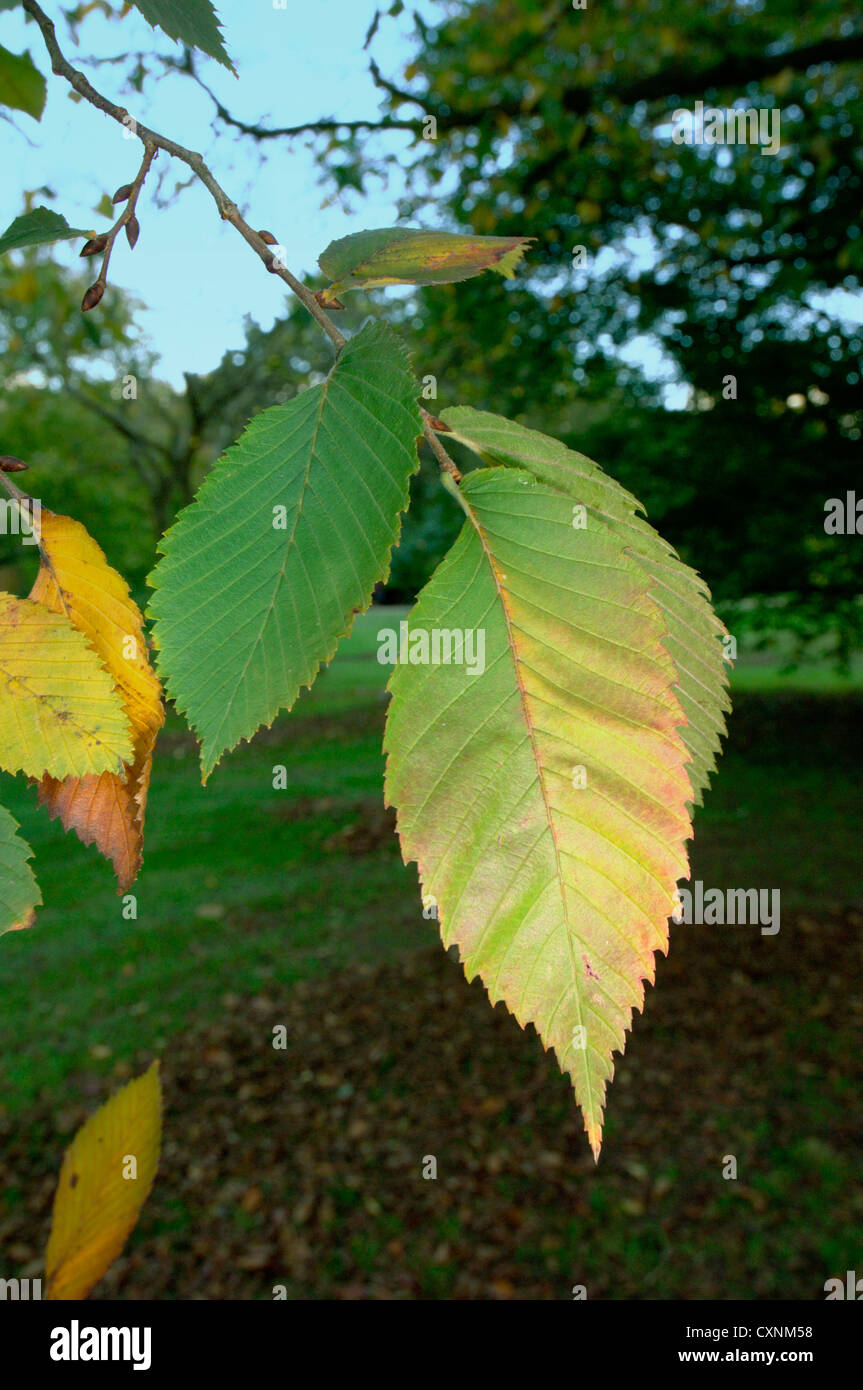
European White Elm Ulmus laevis (Ulmaceae Stock Photo Alamy
The European white elm ( Ulmus laevis) is a fast-growing, medium-sized, deciduous tree mostly distributed across Central and Eastern Europe. The tree is of low economic value and, unlike other European elms, the timber is not appreciated. This is due to its cross-grained wood making it difficult to process. The quality of firewood is poor as well.

European white elm (Ulmus laevis)
1. American Elm Tree The American elm is a small to medium-sized (to very large) tree, at maturity with spreading branches forming a broad-spreading, fan-shaped crown. The twigs are slender, reddish-brown turning as gray with age, hairy at first and smooth later.
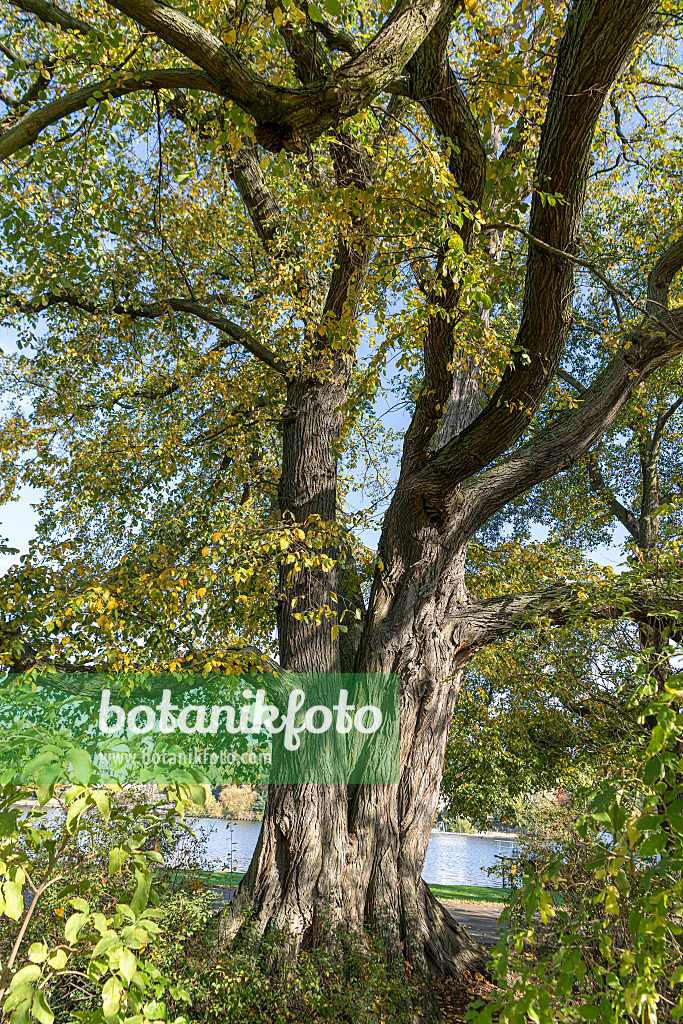
Images European White Elm Images of Plants and Gardens botanikfoto
Ulmus laevis Pall., variously known as the European white elm, fluttering elm, spreading elm, stately elm and, in the United States, the Russian elm, is a large deciduous tree native to Europe, from France northeast to southern Finland, east beyond the Urals into Kyrgyzstan and Kazakhstan, and southeast to Bulgaria and the Crimea; there are also disjunct populations in the Caucasus and Spain.

Ulmus laevis European white elm, Fluttering elm, Russian elm Van den Berk Nurseries
European white elm (Ulmus laevis) Collin, E. (2003) European white elm (Ulmus laevis). EUFORGEN Technical Guidelines for Genetic Conservation and Use 6 p. ISBN: 978-92-9043-603-4. Technical guidelines are targeted to practical forest managers and provide summarized information on the biology and ecology of tree species, distribution ranges.